Broadcast honchos discuss ways to make TV relevant to future consumers
The primary question before content industry is whether TV is relevant to future consumers at all? Data suggests that LED screens, or their future versions, shall continue to hang in living rooms of people around the world. However, would households watch satellite TV on them or not, still remains to be answered.
The threat of OTT and integrated platform ecosystems like Android TV is at its peak forcing content makers to learn, adjust and adapt. Big data has already left its indelible mark on the manner in which production houses pick stories. The separating line between technology and entertainment has more or less dissolved, marking the beginning of the ‘age of consumer’.
So, is the satellite TV sector waking up and smelling the coffee? An interesting session on ‘The Future of TV in India’ at the ongoing FICCI Frames 2018 saw top broadcast honchos discuss, debate and deliberate on a strategy for the future. Among the panelists were Ajit Mohan, CEO, Novi Digital; Raj Nayak, COO, Viacom18; MK Anand, MD & CEO, Times Network; Anuj Gandhi, CEO, Indiacast; Ashesh Pherwani, Partner, EY; Amit Khanna, Industry Veteran; and Partho Dasgupta, CEO, BARC India, who also delivered the keynote address. The session was moderated by Paritosh Joshi, Principal Provocateur Advisory.
Before the panel kicked off, Partho Dasgupta set the tone with an insightful presentation of the current scenario of the spread and viewing of television in India, where a whopping 780 million people have access to television, even though 86 per cent of the households still watch TV on CRT or Cathode Ray Tube sets, with 87 per cent homes in Urban India accessing TV as against 57 per cent in Rural India. At the same time, 97 per cent of the households in India are still single TV households, thus India is a country that loves to watch TV together.
He also noted how the number of channels has grown from a single channel – Doordarshan – to 130 channels to the current 800-plus channels. The distribution pie is very dynamic as well.
“The future of India depends upon the choices of the urban and rural population. While rural crowd likes watching daily soaps and sports like wrestling, the urban crowd is attracted towards talent search, reality shows and only one major sport that is Cricket. Inspite of different choices what stays common for both the classes is likeability towards drama. High drama content in television gives high TRP ratings,” Dasgupta observed.
Paritosh Joshi pointed out that four important aspects can have a bearing on the Future of TV. These are:
- The Future of the Pipe (lines of content delivery)
- The nature of content evolving on the back of evolving consumption habits (like binge watching)
- The super-short format of content at the other end of the spectrum
- The future of content costs (and the ability of the industry to service those)
Replying to a question on the big challenge to the M&E industry as it expands in terms of where does one get the capital for it and how to service it, Ajit Mohan called out two widely held beliefs as not true. One, he said, had to do with the belief that on digital, people will gravitate to stories that are different from TV. He said it was not true at all, as on Digital, people have gravitated to great long form TV content too. He added that in the future too, as in the past and present, it will only be about high quality content. “People will look forward to more high-quality content on all the available mediums,” he maintained.
Also, the second assumption that on digital primarily shorter-form content will be popular is not true. Mohan further said that on digital, too, both advertising and subscription will be the main sources of revenue. As far as the economy is concerned, it also looks similar to the last few years – more advertisers are coming up and are willing to pay for the higher quality content. “I think there is optimism for the industry,” he added.
When asked how the interaction between broadcasters and viewership has changed over the years, Raj Nayak remarked, “If distribution is the king, content has to be the queen, now it’s open for us all to decide who is more powerful. I think the future of TV is very bright. And various myths have been broken as even in the US, 90 per cent of the viewers consume content through TV.”
Talking about the monetisation aspect, Nayak said that it is a supply and demand equation. “It’s actually TV everywhere. People are routing towards TV more and more. The beauty of it is that content rules and cause more touchpoints and so does monetisation,” he added.
To the question if content is the king, is distribution the boss, Anuj Gandhi remarked that while content is the boss, distribution is changing in a big way. No matter what the format is, ultimately consumer is God.
According to him, the myth has been broken that people have stopped watching TV. He added, “People are consuming more and more of TV content for more hours on whatever platforms they have to themselves.”
Industry veteran Amit Khanna remarked that between now and five years, things are going to change. In the last 5 years the pace has changed and various areas have seen paradigm shifts. “But the only finite factor to TV is that you only have limited time, limited hours of viewership. But yes, people are spending more time on TV now. Jio TV has brought in about 90 per cent of Live TV, which has increased the viewership tremendously,” he pointed out.
At the same time, mobile time has risen exponentially. Today, on an average, Indian viewers are spending 1 hour and minutes of their day on mobiles. This has changed the pattern of urban mobility and transportation. This trend can be observed in small towns as well as ‘hanging-out’ used to be a past-time, mobile has taken that stage.
“First time ever in India, digital connectivity is changing things,” Khanna pointed out, adding, “People are watching multiple genres. So, let’s stop using the word ‘Distribution’ and start using the word ‘Access’ by users instead, because they will decide what works.”
At the same time he mentioned that with the growing adoption of mobile, one also needs to see how it changes the viewership landscape. “People are going to be a part of the bandwidth-starved nation and even then, the consumption won’t drop down,” he affirmed.
Speaking on the factors that are in play in these transitions, Ashish Pherwani remarked that every deal has been an awesome deal. According to him, what’s driving the valuation is the potential. “More than 70 per cent of TV is primarily a way of escapism. What India needs is escapism. 40 per cent of the time is spent on social networking sites, but 30 per cent of their time is spent on TV and media & entertainment even after bandwidth-starvation. Even if I am a broadcaster, my interaction is going one-on-one with the consumers,” he added.
Meanwhile, MK Anand commented that people behaved similarly on both movies and news channels. He further said, “As for the future of TV is concerned, in the last few years basically, the ease of doing TV business in India has improved a lot with growing technology, bandwidth and satellites. Overall, the ability to churn out a channel has become simpler than what it was 3-4 years ago.”
Adding further, Anand said, “The most important thing is that it has become easy to start live streaming. However, demonetisation caused a little roughness, but the industry has bounced back.”


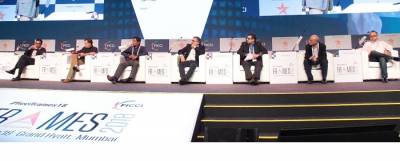
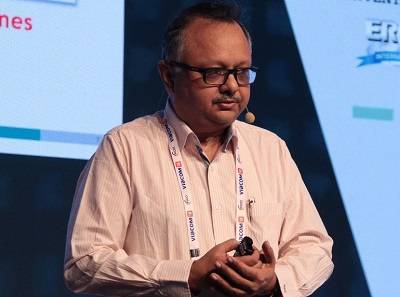
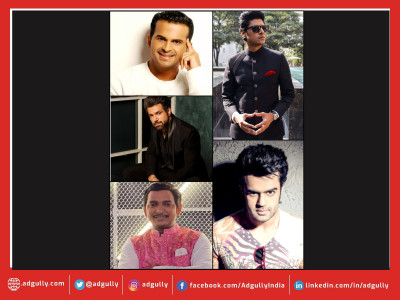
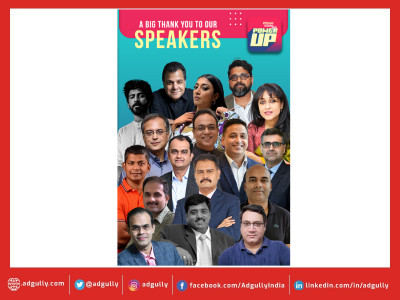
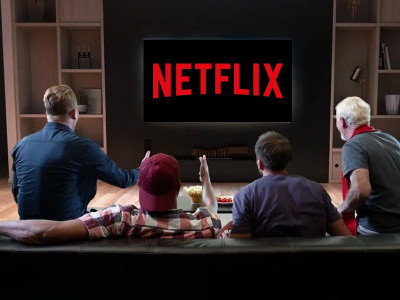
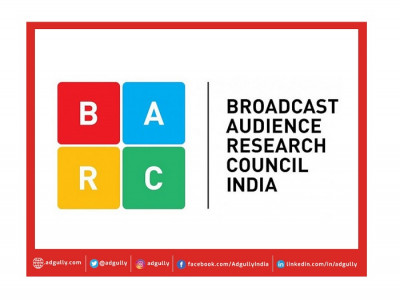
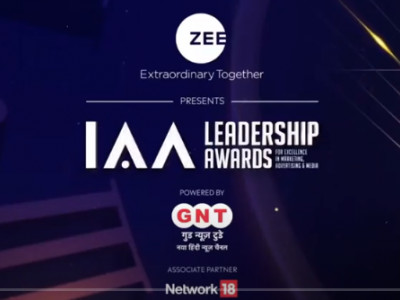
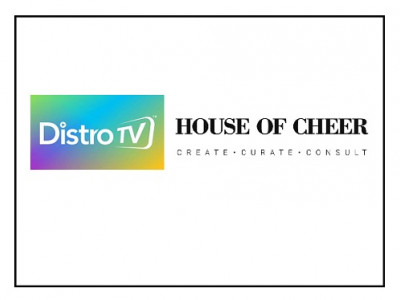
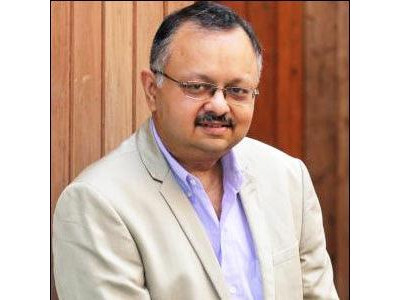




Share
Facebook
YouTube
Tweet
Twitter
LinkedIn